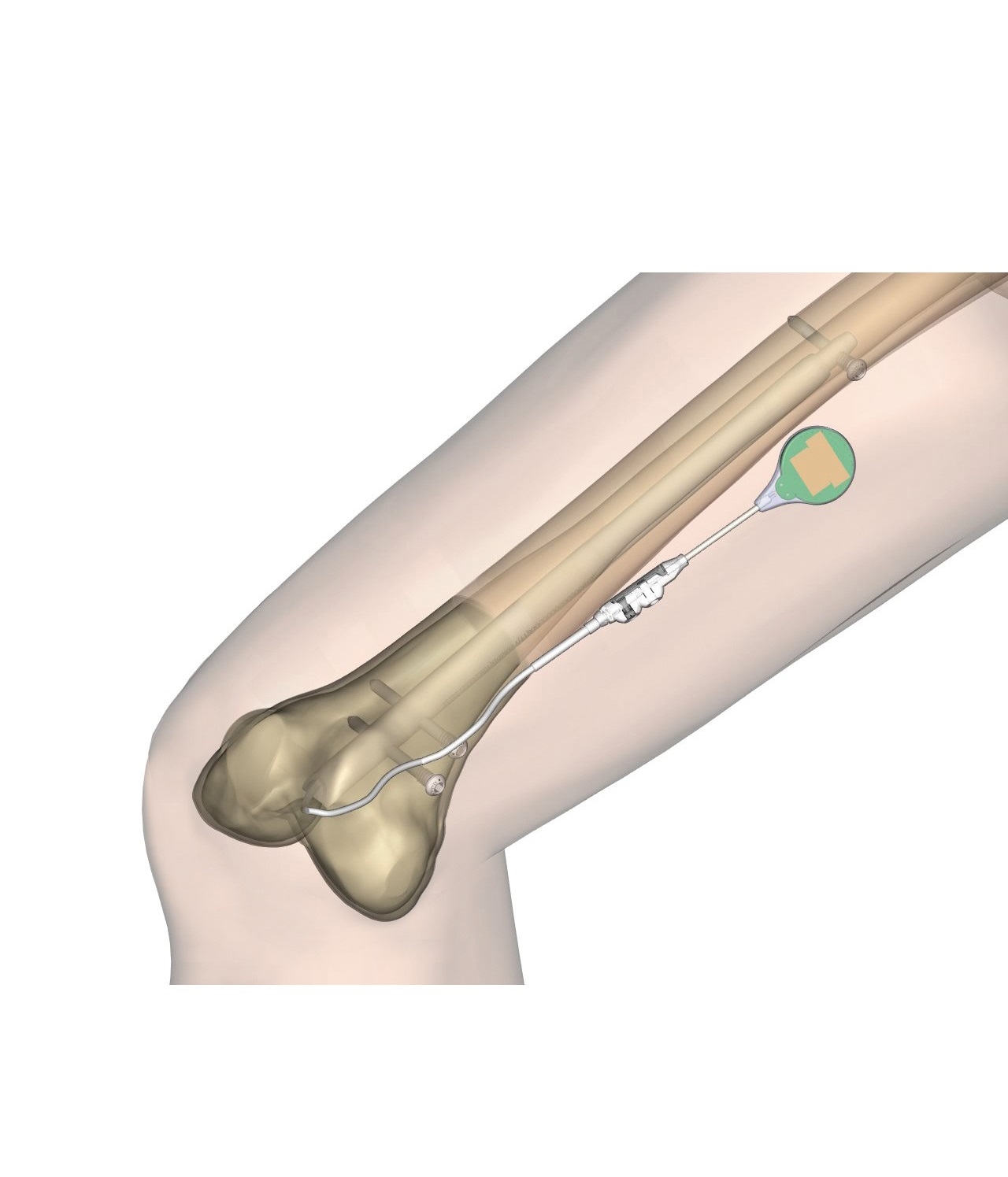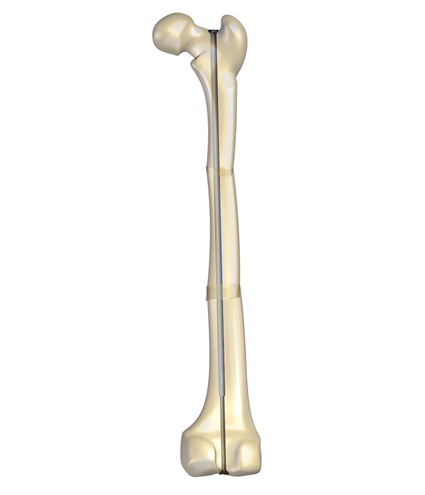Although several studies have reported good results of the treatment of the lower extremity deformity combined with shortening – a condition that often means disabling impairment in the daily life activities – to date there are still very few studies that review the evidence by comparing the outcomes of acute versus gradual correction.
A lower extremity deformity is usually caused by congenital or acquired anomaly, arthritis, trauma, tumor or infection.
Several methods have been described to surgically treat deformities, which can be synthesized as either acute or gradual correction, although to this day there is little evidence to recommend one form of correction over the other. Various studies consider accuracy of reduction as the primary outcome measure to compare the two different methods.(1) (2) For some experts, acute correction has the benefit of shorter time to healing and is more comfortable for the patients. Gradual correction needs more compliance by the patient, but is more forgiving.(3)
Both monolateral and circular external frames can be used for either acute or gradual correction.
In the gradual correction by using a monolateral external fixator to treat a deformity, some key points should be considered: 1) when the device is positioned on the convex side of the deformity, angular correction through the micrometric clamp will distract the osteotomy; 2) By contrast, if the device is placed on the concave side of the deformity, a compression will occur at the osteotomy. If there is not a sufficient gap at the osteotomy site, the bone ends will jam and prevent any further correction.
In the acute correction by using a monolateral external fixator, templates are designed to permit the accurate placement of the two sets of bone screws. They are not designed to be left in place while the correction is performed. They are instead designed to be replaced by two standard straight LRS (the Limb Reconstruction System designed by Orthofix) clamps. If the bone screws have been positioned correctly, once osteotomy has been performed, the manipulation to place the screws into standard straight LRS clamps should conclude the required correction.
References
- Gilbody J, Thomas G et al. 2009. Acute Versus Gradual Correction of Idiopathic Tibia Vara in Children. J Ped Orthop; 29(2):110-4.
- Matsubara H, Tsuchiya H et al. Deformity correction and lengthening of lower legs with an external fixator. Int Orthop; 30(6):550-4.
- Mogeeb Radwan M AE 2020. Correction of Adolescent Blount’s Disease Deformity Using Hinged Ilizarov Frame. Ortho Res Online J; 6(4). OPROJ.000643.2020.









